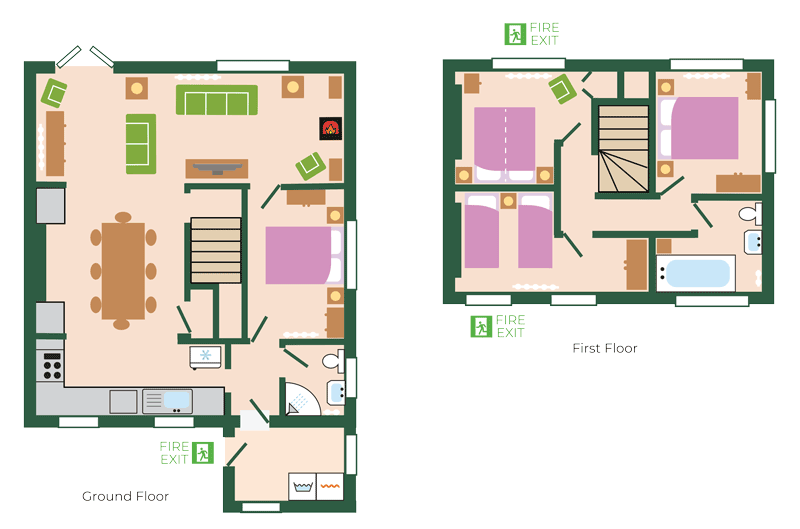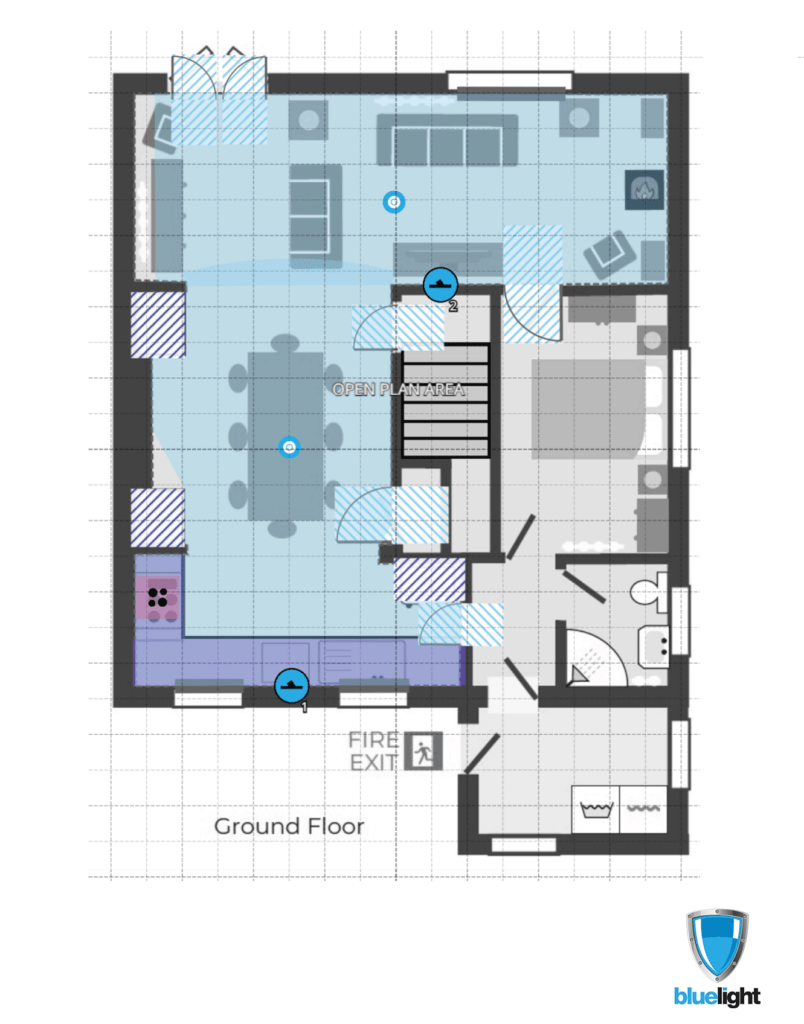How to comply with fire safety law for those responsible for safety in small paying guest accommodation.
This guide provides practical fire safety advice for small bed and breakfasts, guest houses, and self-catering accommodations with simple layouts and limited fire risks.
The recommendations help owners follow fire safety laws and complete a fire risk assessment. Published by the Secretary of State under Article 50 of the 2005 Regulatory Reform (Fire Safety) Order, this guide assists B&Bs, guest houses, and self-catering owners in meeting legal fire safety duties.
Running a small bed and breakfast, guest house, or self-catering accommodation comes with key fire safety responsibilities. This guide gives easy-to-follow tips to protect your guests and property.
Learn how to:
- Identify fire hazards
- Remove or reduce fire risks
- Protect against fire spread
- Establish emergency plans
- Maintain fire detection and warning systems
We can provide practical guidance for conducting fire risk assessments. We also provide advice for training staff and implementing robust fire precautions tailored to your unique property layout and guest capacity.
Take advantage of this free resource published by the Secretary of State to simplify compliance. Just download the guide to make your small B&B, guest house, or self-catering accommodation a safe place for overnight guests.
In the guide, it says that;
The use of escape windows for rooms on the first floor is not considered a safe means of escape for paying guests, as they are likely to be unfamiliar with the layout of the property. If your property has inner rooms on the first floor, used by paying guests, and you cannot reasonably change the use of these rooms, you should seek further advice and guidance from a competent fire safety professional to consider a range of additional fire safety measures that might provide an alternative way of keeping people safe.
That would also mean that accommodation with an open plan ground floor, where the staircase exits into a room other than the protected means of escape, e.g. a living room or dining room, these rooms would be considered as ‘risk rooms’ and will need additional fire safety measures.
Here is where Automist® is the perfect solution.

Open plan ground floor with Automist® Hydra installed (blue circles), enabling the ground floor to remain open plan and avoiding further structural work to enclose the space.

How Does Automist® work?
When Automist® Smartscan is triggered by a ceiling-mounted multi-sensor wireless or a wired detector, all the linked spray heads begin scanning. They start measuring the temperatures within the room using an infrared sensor. The scan is looking for an exceptionally high-temperature reading or a differential increase between scans. Once the temperature exceeds a threshold that head is deemed to have successfully located a fire and the pump turns. It then delivers watermist to the location of the fire.
View Yusuf Muhammad, Director of Plumis Ltd explaining the Automist® system here.
For reference please see the guidance below:
https://www.bluelightsafety.co.uk/wp-content/uploads/2023/07/9281_Sleeping_Accomodation_v2-1.pdf
Bluelight
For more information about Blue Light Safety or Automist® fire suppression – email info@bluelightsafety.co.uk or call 0330 353 0053.

